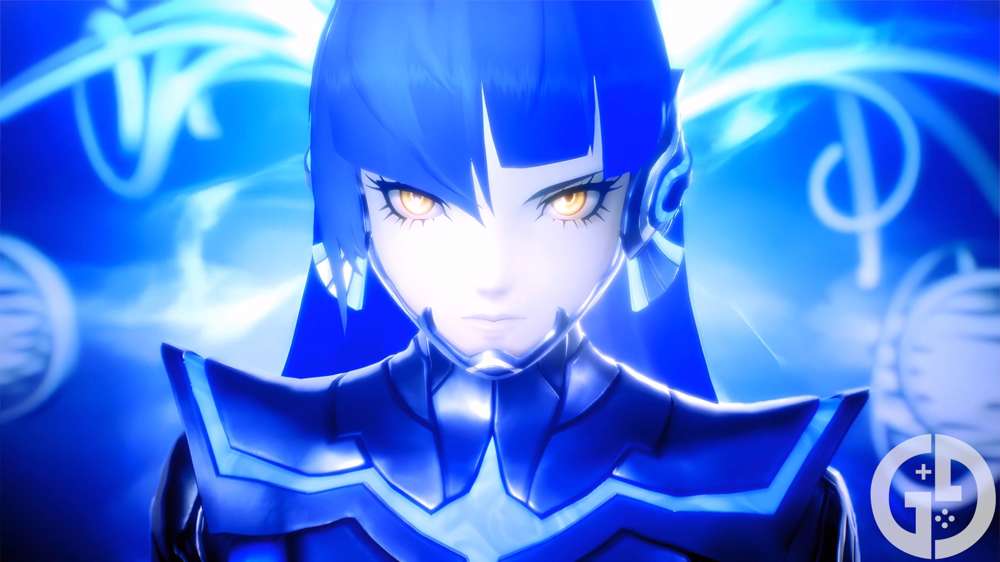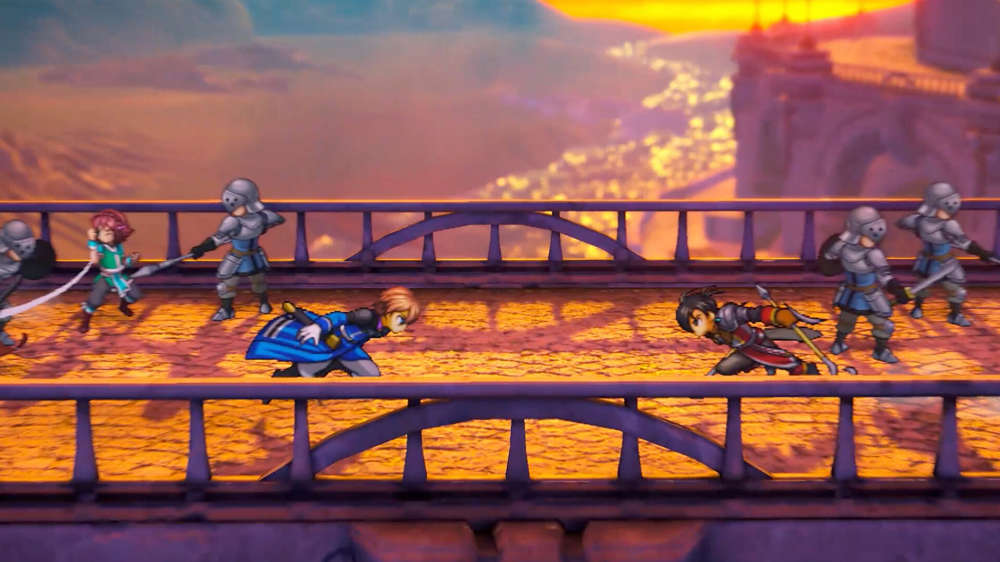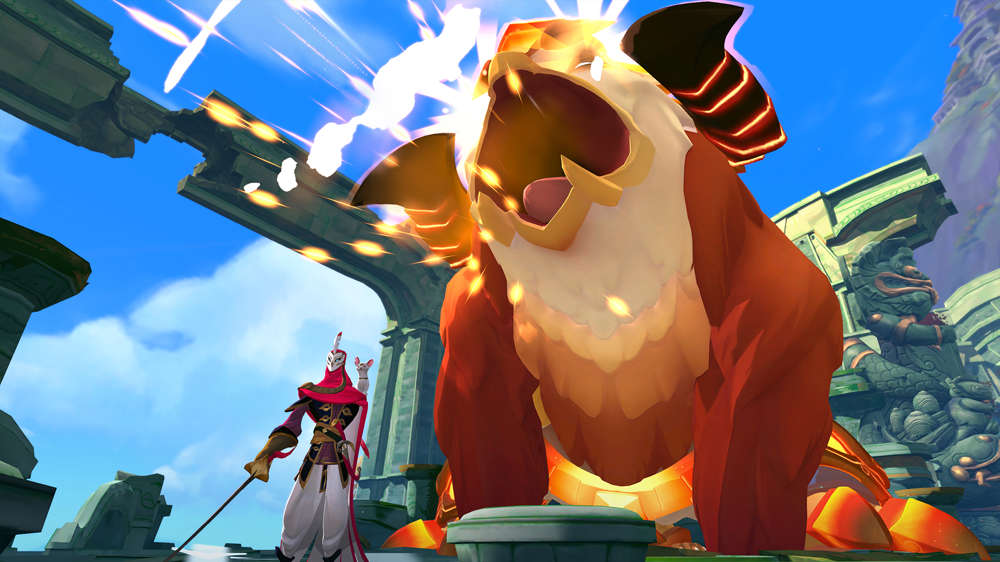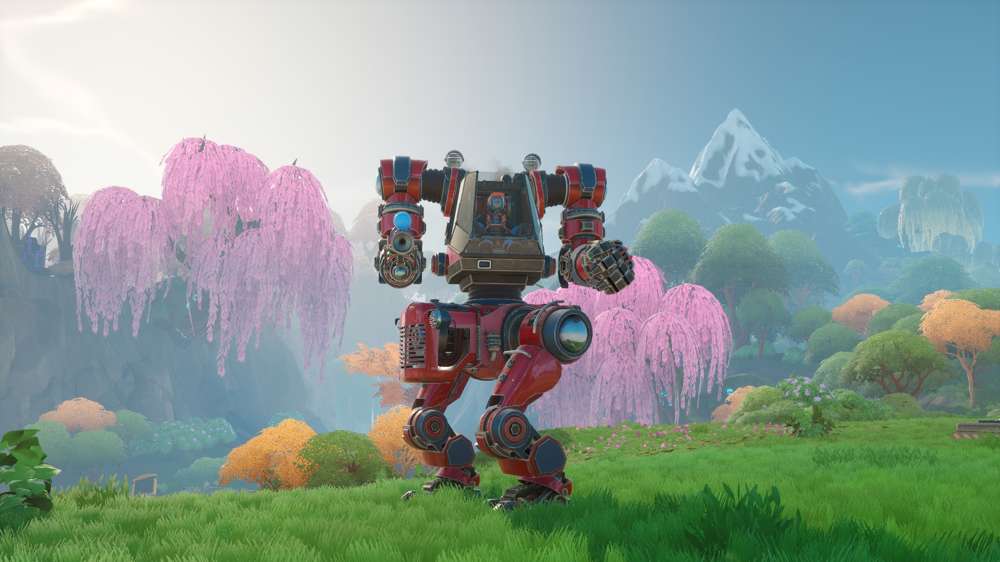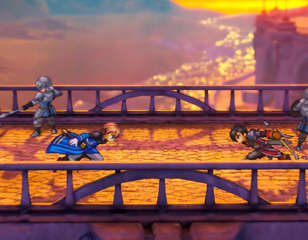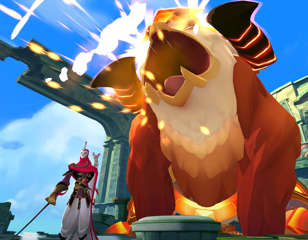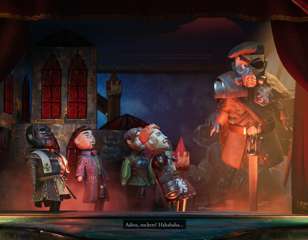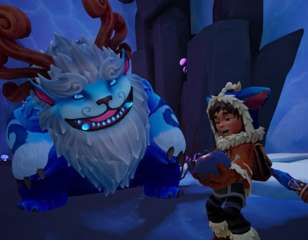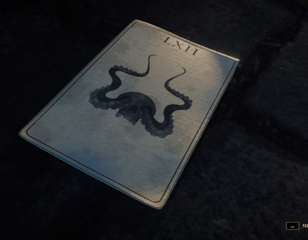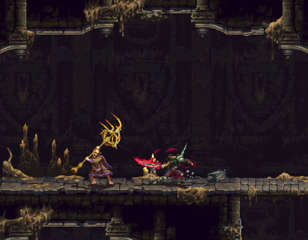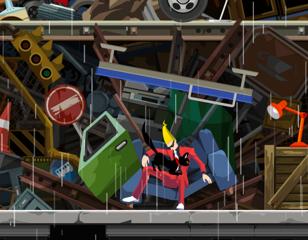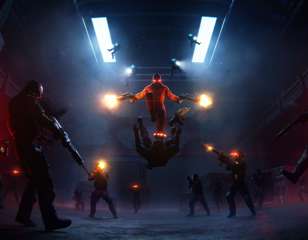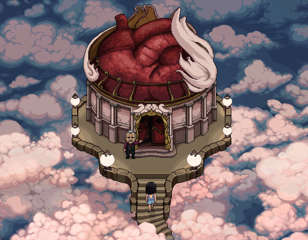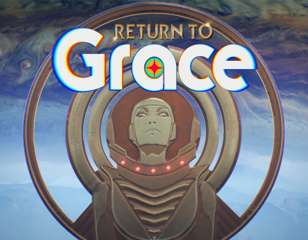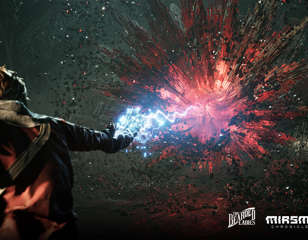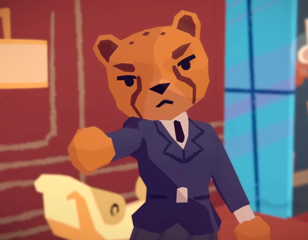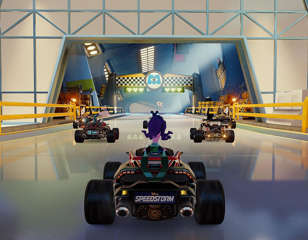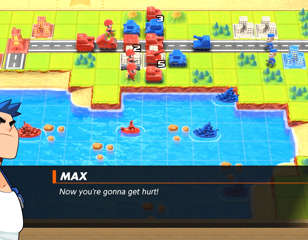House Of Ashes Review: "The Ancient Religion And Mythology Had Me Hooked"
The Dark Pictures Anthology: House of Ashes review is finally here, but how does it compare to Man of Medan and Little Hope?
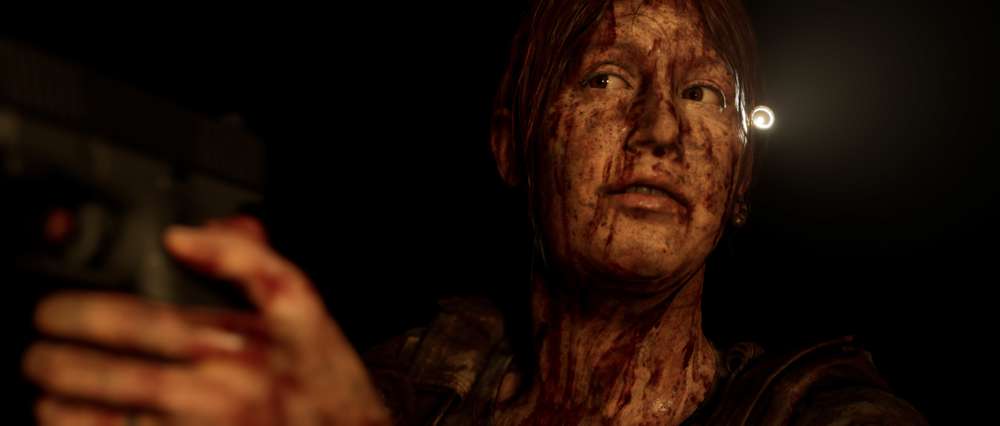
House of Ashes, the latest instalment in The Dark Pictures Anthology, follows 2019’s Man of Medan and 2020’s Little Hope. Back in 2015, Until Dawn set the bar for interactive horror video games and while this series is yet to match it, it has come close and House of Ashes is the latest attempt.
In The Dark Pictures Anthology so far, we previously boarded a doomed boat and entered a ghost town, to then be thrown into the middle of the Iraq war. Of all three games in the Anthology so far, House of Ashes feels the most fleshed out. Yet, being stuck in an underground temple with the war raging above me didn’t sit quite right initially. War aside, House of Ashes places you in the control of five characters who are trapped in a vast temple, with all that roams beneath it, following a mission-gone-wrong. As with every game in the Anthology, it’s up to you - the player - to make decisions that will ultimately decide whether these characters live or die before the game ends. It’s a lot of pressure to face, but it’s this decision making aspect and the various routes to go down that make games in The Dark Pictures Anthology so captivating for players, but how does House of Ashes tackle this element and how does it stack up to the rest of the series so far? Be warned that there are some very minor spoilers in the conclusion, if you want to pick up the game completely spoiler-free.
Unlikeable Characters
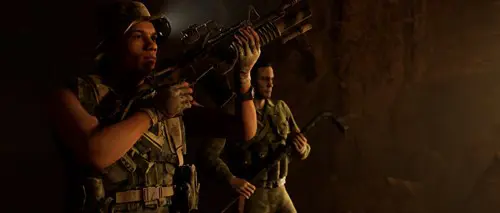
One of the immediate and unfortunate issues with House of Ashes was its characters. Of the five main characters that players have control over, there are four US Marines: Rachel, Eric, Nick, and Jason, plus one Iraqi soldier, Salim. Nick and Salim are the only laid back of the five, with the others being arrogant, impulsive, and generally insufferable; Rachel having the nickname “Queen Bitch” in-game says it all.
Salim’s backstory was all about being reunited with his son, which meant it was the only one worth rooting for. Meanwhile, Rachel, Nick, and Eric would be returning to an awkward and broken love triangle-esque relationship between the three of them. Jason, on the other hand, was largely the most underdeveloped character of the five, his backstory intertwining with Nick’s hinted-at issues of PTSD, yet never really getting a story of his own.
In the other games so far in the anthology, and Until Dawn to boot, it seems significantly easier to like the characters. Maybe the nature of these characters in House of Ashes was intentional, with the hopes of players heading in the direction of picking and choosing who they keep alive rather than trying to save everyone. Either way, a lot of time is spent in cinematic scenes analysing the architecture or fighting off demons, when a little more time could have perhaps been spent on building the stories of its characters further, including a little more payoff for them and players as the game ends.
Too Many Damn Enemies

Characters aside, the story helped to carry House of Ashes, but it didn’t feel fulfilling. As with all Anthology games, you find yourself glued to the screen in anticipation of upcoming twists, and as the story develops and you venture further down into the intricate catacombs and chasms there are to explore, it becomes more and more apparent that there’s more to the enemy than you initially thought. Yet, the game lacked some of the decisions I was looking forward to making. Furthermore, cinematic fight sequences became increasingly repetitive at points. These were great initially, and the final time around was brilliant, but the constant batting against alien lifeforms quickly grew tiring. Getting to know the characters and building up their relationships needed more time dedicated to it, alongside the more significant choices, rather than focusing so much on the combat.
When it comes to the ending, it’s quite underwhelming. Keeping it as spoiler-light as possible, there’s no huge boss fight at the end despite the game hinting one may be on the way. The Dark Pictures Anthology is often a replication of the frustration we face when watching B-movie horrors, which is admirable, yet for a game dependent on decision-making from the player, there needs to be more weight to an ending other than “the remaining characters escaped and lived happily ever after”. Despite the wasted potential here, credit has to be mentioned for how the game deals with the Iraq war and some sensitive subjects within that topic.
An Architect's Dream
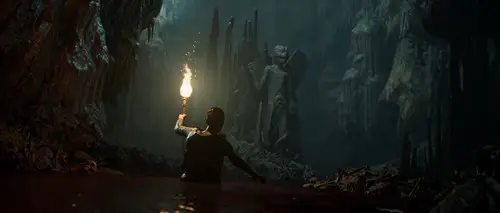
While the characters and story were arguably underwhelming at the best of times, House of Ashes was not without its redeemable features. First of all, players spend most of the game wandering an Ancient Mesopotamian temple. This temple is beautiful in itself, and learning of Sumerian civilisations and the Akkadian Empire through the architecture and various secrets left behind added a layer of depth to House of Ashes that will intrigue many.
As if the initial temple itself is not enough, the architecture of House of Ashes only becomes more absorbing and mesmerising as you delve deeper into it. The third and final portion of the game will see players in the deepest depths, where the temple doesn’t represent itself anymore. Instead, after an elevator plunges into a mysterious green glow, you find yourself exploring an area that feels very Alien, and even a little bit like Blackreach of The Elder Scrolls V: Skyrim. It is here that players will begin to learn more about the demons that have seemingly been hunting them. They’ll find intricate carvings, a musical language, and architecture that almost represents a prolific-sized orchestral organ. Players will also see the extent of the problem - the so-called demon - that they have been facing. Faced with mounds of cocoons amidst all the glowing sculptures, it’s easy to forget that the Iraq war is meant to be raging above you.
Vampires, Demons, Aliens, Or All Three?
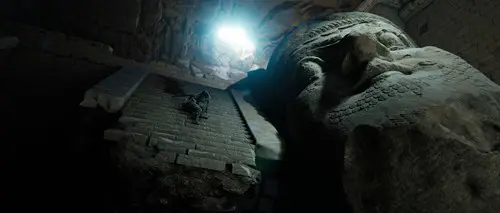
As with all Anthology instalments, you’ll find yourself facing a mysterious enemy. House of Ashes is no different and has you facing one of the most riveting antagonists yet. Again, to keep it as spoiler-free as possible, we won’t reveal too much but you’re led to believe you’re fighting some ancient Mesopotamian demons.
The monsters in House of Ashes seem almost vampirical; they’re sensitive to light, killed by a stake through the heart, and infect their victims with the same infliction. Yet, as you venture into the glowing green depths previously mentioned, it’ll become apparent that Supermassive Games took their own spin on this aspect of ancient religion. For better or for worse, the flying, screeching monsters that you come up against are not just demons, but aliens. Primarily, they are insinuated to be a parasite that has found its way to earth and manifested here. Despite this, it seems the parasitic lifeform wants nothing more than to return home.
After all the build-up surrounding ancient mythology, finding out that they are, in fact, something much more mysterious, is greatly intriguing, but reaching the end without any form of definitive answer or resolution is very frustrating, especially after six hours of gameplay. It certainly made for compelling storytelling and an interesting history lesson though.
A Worthwhile Experience

House of Ashes felt like a mixed bag compared to prior games in The Dark Pictures Anthology. Some of the most important aspects of a story-based game were lacking severely, yet it was definitely carried along by the world-building, music, and its thought-provoking antagonist. With a few jump scares here and there, and an absolutely faultless composition of music and sound effects throughout, House of Ashes still felt like a very worthwhile experience. The Iraq war setting didn’t personally take my fancy, yet the discussion surrounding ancient religion, mythology, and Rachel’s love triangle had me hooked. While I’d much rather replay Little Hope than return to House of Ashes again anytime soon, the concepts employed made for an interesting experience on the whole. Also, who doesn’t love various blatantly obvious references to Alien, Buffy the Vampire Slayer, and feelings reminiscent to that of As Above So Below?
For fans of the Anthology, or for fans of horror in general, House of Ashes is definitely a must-play considering its relatively short playtime. Here’s to hoping that the next instalment in the series, The Devil In Me, brings along some characters that are a little more developed and likeable. The Until Dawn shaped hole inside me hasn’t been filled yet, but I have faith it will be soon.
3.5/5
Played on PC. Code provided by the publisher.
Comments

